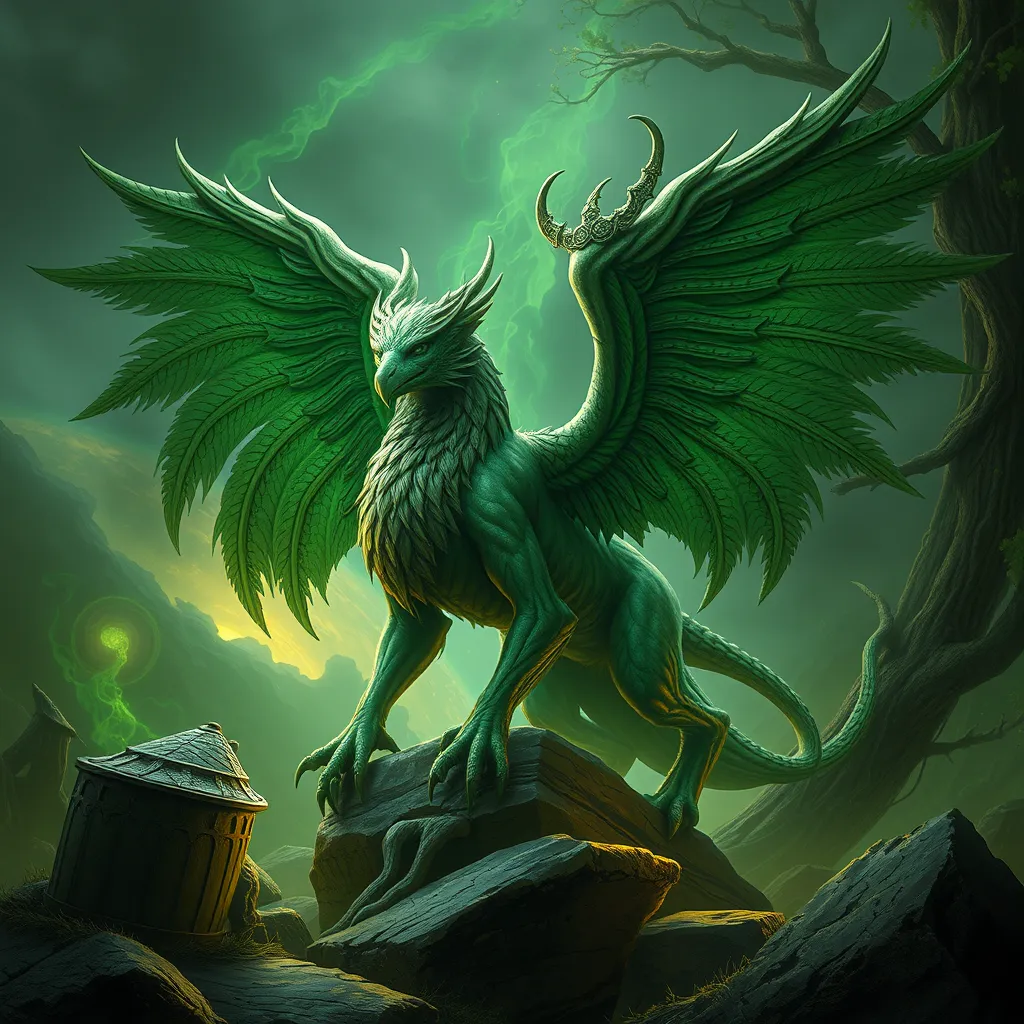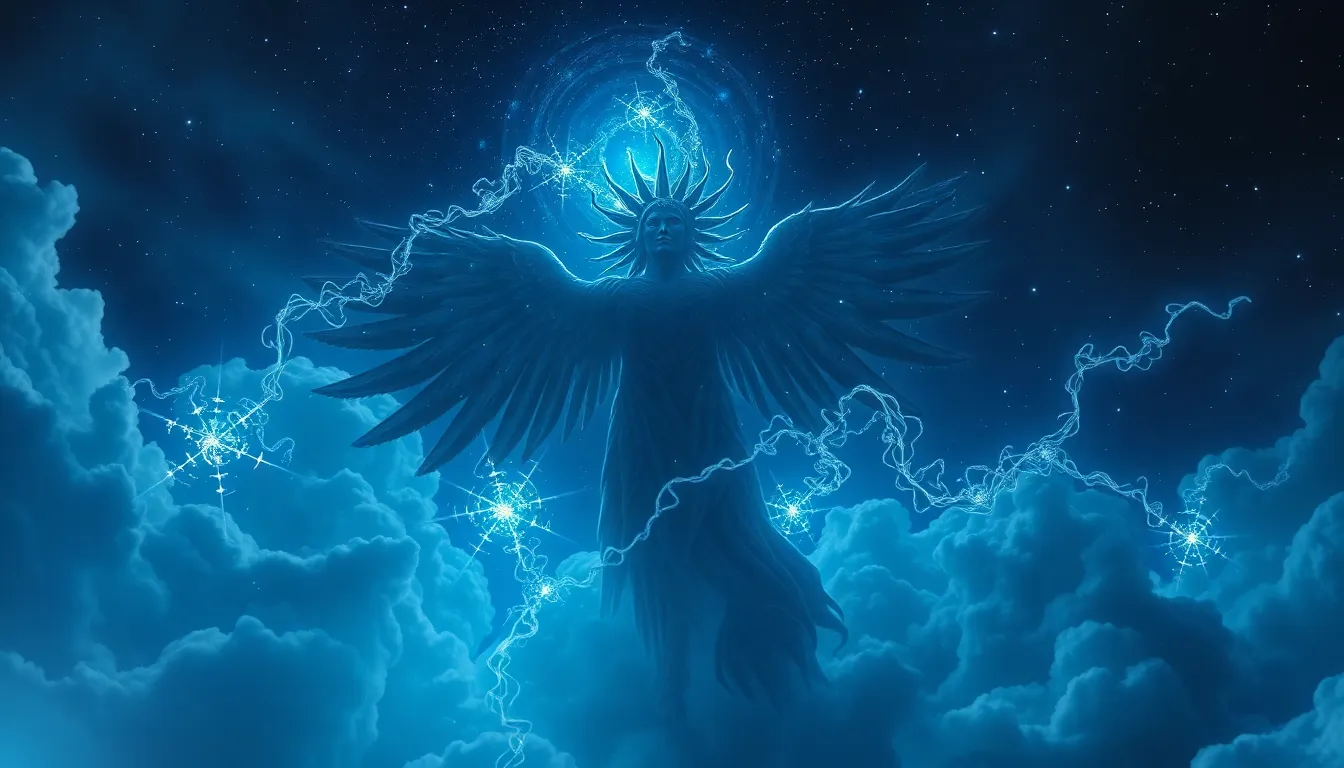The Anubis Figurine: Symbol of Protection and Guidance
I. Introduction
Anubis, the enigmatic jackal-headed deity of Ancient Egypt, holds a significant place in the rich tapestry of Egyptian mythology. Revered as the god of mummification and the guardian of the underworld, Anubis represents the essential connection between life and death. The Anubis figurine, as a cultural artifact, serves not only as an artistic representation of this powerful deity but also embodies the spiritual beliefs and practices of the Ancient Egyptians. This article aims to delve into the symbolism of the Anubis figurine and its relevance, both in antiquity and in contemporary culture.
II. Historical Context of Anubis
The origins of Anubis can be traced back to the early dynastic period of Ancient Egypt, where he was initially depicted as a canine or a jackal, animals associated with death and the graveside. Anubis played a crucial role in the funerary practices of the Egyptians, overseeing the process of mummification and guiding souls to the afterlife.
As the beliefs surrounding the afterlife evolved, so did the representation of Anubis. Throughout different dynasties, Anubis was depicted in various forms, often reflecting the artistic styles and theological shifts of the time. His role remained paramount in ensuring the safe passage of souls into the realm of the dead, acting as both protector and guide.
III. The Anubis Figurine: Design and Materials
Anubis figurines have been crafted from a variety of materials, each selected for its symbolic significance and aesthetic qualities. Common materials include:
- Wood: Often used for smaller figurines, providing a warm and approachable look.
- Stone: Such as alabaster or granite, offering durability and a more imposing presence.
- Bronze: Frequently used during the later periods, showcasing intricate details and craftsmanship.
- Faience: A glazed ceramic material that was popular among the Egyptians for its vibrant colors.
The artistic styles of Anubis figurines vary widely depending on the period, with earlier pieces exhibiting more abstract forms while later versions showcase realistic details and elaborate decoration. Iconographically, Anubis is typically portrayed with a human body and a jackal head, often adorned with a collar and holding various symbols of protection and guidance.
IV. Symbolism of Protection
As a guardian of the dead, Anubis embodies the concept of protection in its purest form. The Anubis figurine was often placed in tombs and burial sites to safeguard the deceased on their journey to the afterlife. The presence of the figurine was believed to:
- Provide spiritual protection against malevolent forces.
- Ensure safe passage through the trials of the afterlife.
- Serve as a reminder of the deceased’s dignity and respect.
The figurine’s symbolic meanings extend to broader notions of security and safety, reflecting the Egyptians’ deep-seated beliefs in the power of the divine to protect and guide their souls beyond death.
V. Symbolism of Guidance
Anubis is also revered as a guide to the afterlife, leading souls through the perilous journey to judgment. The Anubis figurine, therefore, is not merely a protective talisman but a beacon of hope for the deceased. Its significance in spiritual journeys can be understood through the following points:
- Anubis presided over the weighing of the heart ceremony, determining the fate of souls based on their deeds.
- The figurine symbolizes the transition from the mortal realm to the eternal, providing comfort to the living and the deceased alike.
- Connections between Anubis and justice highlight the balance required in life, reinforcing ethical living and accountability.
VI. Modern Interpretations and Uses
In contemporary culture, there has been a resurgence of interest in Anubis figurines, often seen as symbols of protection and guidance in modern spiritual practices. These figurines are now embraced for their aesthetic appeal and their connection to ancient beliefs. Some modern interpretations include:
- Use in rituals and meditative practices, where followers seek guidance and protection.
- Incorporation into home decor as a representation of strength and resilience.
- Representation in popular media, such as films, literature, and art, bringing Anubis into the modern imagination.
VII. Collecting Anubis Figurines
For collectors, Anubis figurines hold immense value, both culturally and financially. Here are some tips for collectors interested in acquiring these artifacts:
- Authenticity: Always verify the provenance of the figurine to ensure it is an original piece.
- Valuation: Research market prices and seek expert opinions to understand the worth of your collection.
- Notable Examples: Many museums, such as the British Museum and the Egyptian Museum in Cairo, house remarkable Anubis figurines that can serve as a reference for collectors.
The impact of replicas and modern reproductions has influenced the market, making it essential for collectors to differentiate between authentic artifacts and modern reproductions.
VIII. Conclusion
The Anubis figurine is a powerful symbol of protection and guidance, deeply rooted in the beliefs and practices of Ancient Egyptian culture. Its enduring legacy continues to captivate the imagination, serving as a reminder of the rich spiritual traditions of the past. As we explore and appreciate these artifacts, we invite readers to delve into the profound history and significance of Anubis, discovering the wisdom and beauty encapsulated within this ancient symbol.



